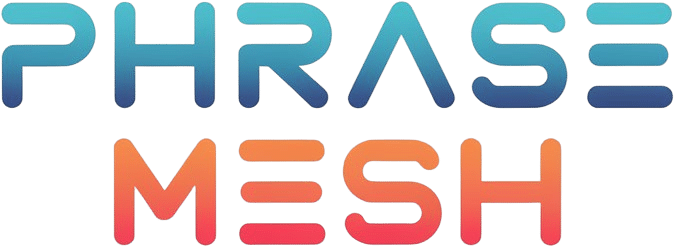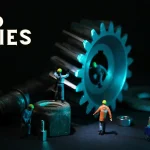Expressing gratitude for clarity is essential in effective communication, but using the phrase “Thank You for the Clarification” repeatedly can become monotonous. Finding fresh ways to acknowledge someone’s efforts can enhance your conversations and foster stronger relationships. In this article, we explore 20 alternative expressions that convey the same appreciation while keeping your language engaging and varied.
Whether you’re responding to a colleague’s explanation in a professional email or expressing thanks in a casual conversation, these examples will help you articulate your gratitude effectively. As you navigate different scenarios, remember that your words matter. So, let’s dive into these phrases and discover how to say “Thank You for the Clarification” in new and meaningful ways. Please let me know your thoughts on these alternatives, and feel free to share your own favorites!
Curious to learn how Thealite can elevate your environment and mood? Keep reading to uncover the secrets of this illuminating trend that could change the way you see the world around you.
What To Say Instead of “Thank you for the clarification”
- I appreciate your explanation.
- That really helps me understand.
- Your insights have been invaluable.
- I’m grateful for your patience in explaining this.
- Your clarification has shed new light on the matter.
- I value your input on this.
- Thanks for taking the time to break that down for me.
- Your explanation has cleared up my confusion.
- I’m much better informed now, thank you.
- I appreciate you taking the time to provide such a thorough explanation.
- Your explanation has been eye-opening.
- I’m better equipped to handle this now, thanks to you.
- Your clarification has put things into perspective.
- I’m impressed by your ability to simplify complex concepts.
- Your input has been tremendously helpful.
- I appreciate you shedding light on this matter.
- Your explanation has filled in the gaps in my understanding.
- Thanks for breaking it down so clearly.
- I’m grateful for your expert insight on this.
- Your explanation has been a game-changer for me.
These appreciation phrases offer a variety of ways to express gratitude in different contexts, from formal business correspondence to casual conversations. They demonstrate active listening acknowledgments and contribute to effective dialogue techniques in professional communication. By using these clarification responses, you can enhance your interpersonal skills and workplace etiquette, while providing clear communication feedback.
Remember, the key to using these phrases effectively lies in choosing the one that best fits the situation and delivering it with sincerity. Whether you’re in a customer service role or engaged in business correspondence, these expressions can help you build stronger relationships and foster a positive communication environment.
1. “I appreciate your explanation.”
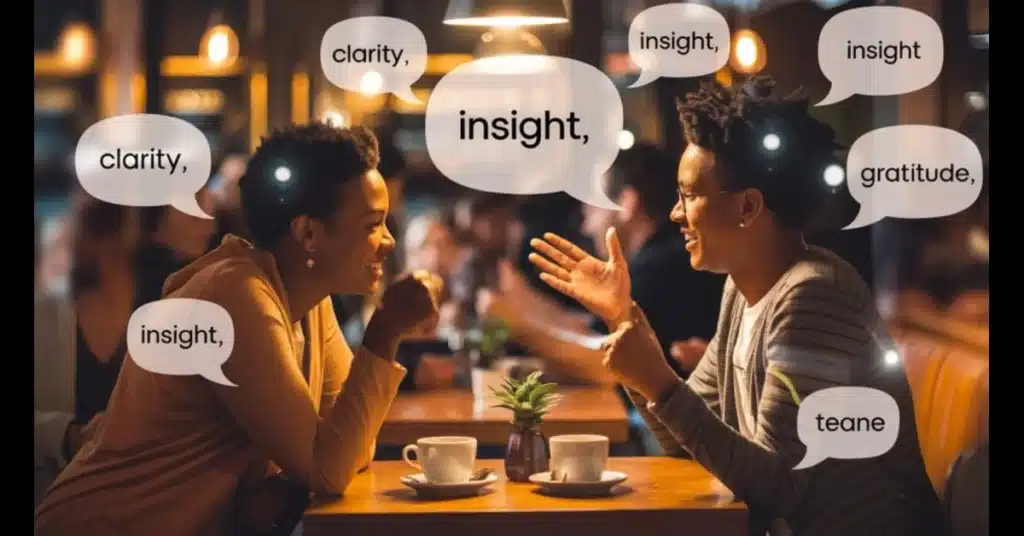
This phrase is a great way to express gratitude while acknowledging the effort someone has made to provide additional information. It’s particularly useful in professional communication settings.
Example (Email): Subject: Re: Project Timeline Update
Dear Marcus,
I appreciate your explanation of the revised project timeline. Your breakdown of each phase has given me a much clearer understanding of our new deadlines.
Best regards, Samantha
2. “That really helps me understand.”
This acknowledgment alternative not only expresses thanks but also confirms that the clarification was effective. It’s an excellent choice for interpersonal skills development in both personal and professional contexts.
Example (In-person conversation):
Alex: “So, to summarize, the new software will automatically categorize expenses based on predefined criteria, which we can adjust as needed.”
You: “That really helps me understand how the system works. I can see how this will streamline our accounting process.”
3. “Your insights have been invaluable.”
This phrase elevates your appreciation by emphasizing the value of the information provided. It’s particularly suitable for formal thank you variations in professional settings.
Example (Email): Subject: Re: Marketing Strategy Revision
Hello Dr. Chen,
Your insights have been invaluable in refining our marketing strategy. The additional data you provided on consumer behavior trends has significantly improved our approach.
Warm regards, Olivia Johnson Marketing Director
4. “I’m grateful for your patience in explaining this.”
This gratitude expression acknowledges not just the clarification but also the time and effort the person took to ensure your understanding. It’s an excellent choice for customer service language.
Example (Phone conversation):
You: “I’m grateful for your patience in explaining this billing discrepancy. Your step-by-step walkthrough really cleared things up for me.”
Customer Service Rep: “You’re welcome! I’m glad I could help clarify the issue. Is there anything else you need assistance with today?”
5. “Your clarification has shed new light on the matter.”

This phrase is a more eloquent way to express thanks while highlighting the impact of the clarification. It’s perfect for diplomatic language in professional settings.
Example (Business meeting):
You: “Your clarification has shed new light on the matter, Mr. Tanaka. I now see how the proposed merger could benefit both companies in ways I hadn’t considered before.”
6. “I value your input on this.”
This appreciation phrase is concise yet powerful, emphasizing the importance you place on the other person’s contribution. It’s great for fostering effective dialogue techniques in the workplace.
Example (Team chat):
You: @Sarah I value your input on this project proposal. Your suggestions for improving the user interface are spot-on and will definitely enhance the user experience.
7. “Thanks for taking the time to break that down for me.”
This casual yet sincere expression is perfect for less formal situations. It acknowledges the effort put into the explanation and is an excellent example of polite email replies or in-person conversations.
Example (Coffee shop conversation):
Friend: “So that’s basically how blockchain technology works. Each block contains a set of transactions, and they’re all linked together in a way that makes them secure and transparent.”
You: “Thanks for taking the time to break that down for me. I’ve heard the term thrown around a lot, but I never really understood how it worked until now.”
8. “Your explanation has cleared up my confusion.”
This phrase directly addresses the impact of the clarification, making it a strong choice for clear communication feedback. It’s particularly useful in educational or training contexts.
Example (Online course forum):
Student: “Your explanation has cleared up my confusion about the difference between mitosis and meiosis, Professor Garcia. The diagram you provided really helped me visualize the processes.”
9. “I’m much better informed now, thank you.”
This verbal confirmation response not only expresses gratitude but also affirms that the clarification has achieved its purpose. It’s an excellent choice for workplace etiquette in various professional scenarios.
Example (Email): Subject: Re: Quarterly Report Queries
Dear Finance Team,
I’m much better informed now, thank you. Your detailed responses to my questions about the Q3 figures have given me a comprehensive understanding of our current financial position.
Best regards, Ethan CEO
10. “I appreciate you taking the time to provide such a thorough explanation.”

This longer phrase is perfect for situations that require a more formal or emphatic expression of gratitude. It’s an excellent example of respectful communication and positive reinforcement phrases.
Example (Client meeting follow-up email): Subject: Thank You for Today’s Meeting
Dear Ms. Patel,
I appreciate you taking the time to provide such a thorough explanation of your company’s sustainability initiatives. Your presentation has given us a clear picture of how we can align our services with your environmental goals.
We look forward to potentially collaborating on this exciting project.
Sincerely, Lucas Thompson Green Solutions Inc.
11. “Your explanation has been eye-opening.”
This phrase emphasizes the impact of the clarification, showing that it’s changed your perspective. It’s great for diplomatic language in professional settings.
Example (Team meeting):
Colleague: “So, by implementing this new workflow, we can reduce our turnaround time by 30%.”
You: “Your explanation has been eye-opening, Raj. I hadn’t realized how much efficiency we could gain from this change.”
12. “I’m better equipped to handle this now, thanks to you.”
This acknowledgment alternative not only expresses gratitude but also highlights the practical value of the clarification. It’s excellent for workplace etiquette.
Example (Email): Subject: Re: Client Presentation Strategy
Dear Amelia,
I’m better equipped to handle this client presentation now, thanks to you. Your insights into their company culture will definitely help me tailor our pitch more effectively.
Best, Leo
13. “Your clarification has put things into perspective.”
This phrase is a great way to show how the explanation has helped you see the bigger picture. It’s useful for professional communication and demonstrates active listening acknowledgments.
Example (Phone call):
You: “Your clarification has put things into perspective, Dr. Yamamoto. I now see how this treatment plan fits into the overall health strategy for the patient.”
14. “I’m impressed by your ability to simplify complex concepts.”
This appreciation phrase not only expresses gratitude but also compliments the explainer’s skill. It’s perfect for positive reinforcement phrases in educational or mentoring contexts.
Example (Student-Teacher interaction):
Student: “I’m impressed by your ability to simplify complex concepts, Professor Chen. Your explanation of quantum mechanics finally made it click for me.”
15. “Your input has been tremendously helpful.”
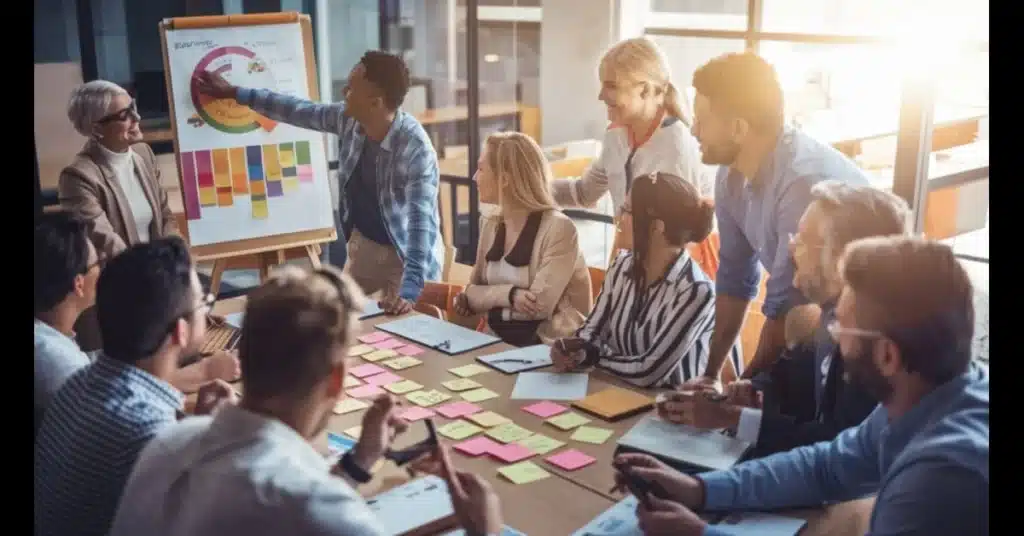
This formal thank you variation emphasizes the value of the clarification. It’s great for business correspondence and professional settings.
Example (Email): Subject: Re: Project Scope Revision
Dear Olivia,
Your input has been tremendously helpful in refining our project scope. The additional context you provided about the client’s long-term goals has allowed us to align our deliverables more effectively.
Regards, Marcus
16. “I appreciate you shedding light on this matter.”
This phrase combines gratitude with an acknowledgment of increased understanding. It’s excellent for professional communication and demonstrates effective dialogue techniques.
Example (Board meeting):
You: “I appreciate you shedding light on this matter, Mrs. Rodriguez. Your breakdown of the financial implications has given the board a clearer picture of the proposed merger’s potential impact.”
17. “Your explanation has filled in the gaps in my understanding.”
This clarification response directly addresses how the explanation has improved comprehension. It’s great for clear communication feedback in various settings.
Example (Workplace chat):
You: @Michael Your explanation has filled in the gaps in my understanding of the new CRM system. I now see how it integrates with our existing databases.
18. “Thanks for breaking it down so clearly.”
This casual yet sincere expression is perfect for less formal situations. It acknowledges the clarity of the explanation and is an excellent example of polite email replies or in-person conversations.
Example (Coffee break chat):
Colleague: “So that’s basically how the new flex-time policy works. You can adjust your hours as long as you’re here for core hours and meet your weekly total.”
You: “Thanks for breaking it down so clearly, Emma. I was a bit confused about how it would work in practice, but now it makes perfect sense.”
19. “I’m grateful for your expert insight on this.”
This phrase not only expresses gratitude but also acknowledges the expertise of the person providing the clarification. It’s excellent for professional communication and business correspondence.
Example (Email): Subject: Re: Legal Implications of New Policy
Dear Mr. Goldstein,
I’m grateful for your expert insight on this matter. Your explanation of the potential legal ramifications of our new data protection policy has been invaluable in guiding our next steps.
Best regards, Samantha Lee CEO, TechInnovate Inc.
20. “Your explanation has been a game-changer for me.”
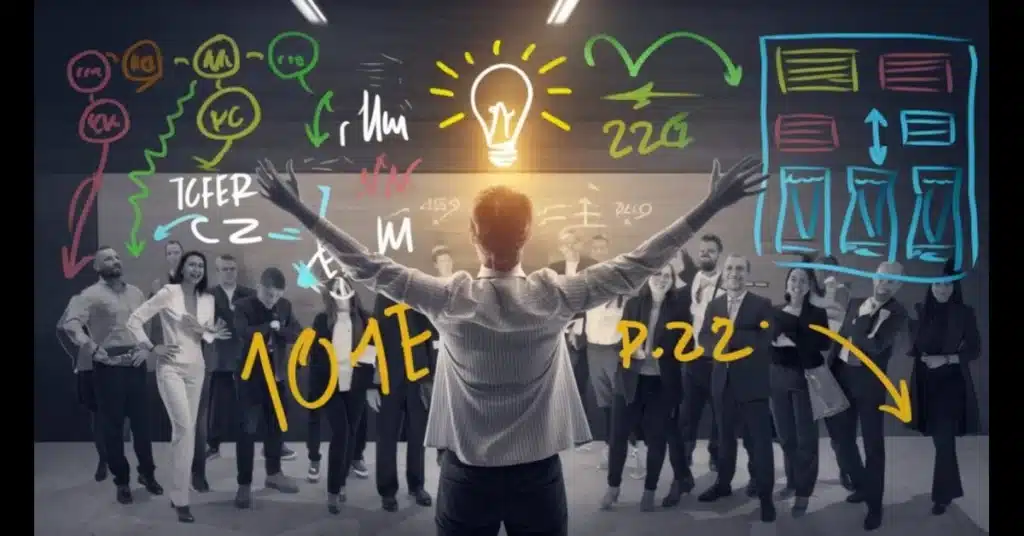
This more casual phrase emphasizes the significant impact of the clarification. It’s great for showing sincere appreciation in less formal settings and demonstrates strong interpersonal skills.
Example (Team brainstorming session):
You: “Wow, Priya, your explanation of how we can leverage AI in our customer service has been a game-changer for me. I can see so many possibilities now that I didn’t before.”
Enhancing Your Communication Skills
Mastering these alternative ways to express gratitude for clarification is just one aspect of developing strong conversation enhancement skills. By varying your language and tailoring your responses to different situations, you demonstrate active listening and acknowledge others, which significantly improves your overall communication effectiveness. Instead of repeatedly saying “Thank You for the Clarification,” using these alternatives can make your interactions feel more genuine and engaged.
In professional settings, phrases like “Thank You for the Clarification” can significantly impact your workplace etiquette and how colleagues perceive your interpersonal skills. In customer service roles, they become powerful tools for building rapport and ensuring client satisfaction. Remember, the key to effective communication isn’t just in the words you choose but also in your tone and sincerity. Whether you’re engaged in business correspondence or casual conversation, letting others know that you value their efforts to clarify information through phrases like “Thank You for the Clarification” fosters positive relationships and encourages open dialogue.
By incorporating these synonyms for appreciation into your daily interactions, you’ll not only avoid repetitive language but also enhance your ability to connect with others meaningfully. This skill is invaluable in both personal and professional spheres, contributing to clearer understanding, stronger relationships, and more productive collaborations. In conclusion, mastering the art of expressing gratitude for clarification is a subtle yet powerful way to enhance your communication skills. By using these alternatives to “Thank You for the Clarification,” you’ll demonstrate your appreciation more effectively and build stronger, more positive relationships in all areas of your life.
